The blog post
/People sometimes eye Evan and I with suspicion when they ask about what we do. Even after a whole year of Agile, I admit I am sometimes at a loss for a snappy answer. In a nutshell, I'd say:
We solve geoscience problems for geoscientists. We like fast and useful solutions, not perfect or expensive solutions—we don't believe in perfect or expensive solutions. We love the things you might not have time for: data, technology, and documentation.
Above all, we love to help people. And that's what the blog is for: we want to be useful, mostly relevant, perhaps interesting, occasionally insightful. And we live on the edge of the continent and don't want to fall off, small and forgotten, into the North Atlantic. For us, the blog is a portal to Houston, Calgary, Aberdeen, Perth, and the rest of our world.
Is it worth it? Well, that depends how you measure 'worth it'. I reckon we spend 8 to 16 hours on an average of 3 weekly posts to the blog, so it's a substantial investment for us. A lot of it ends up in the wiki, or in a paper, or elsewhere; it's definitely a good catalyst for thinking, making useful stuff, and starting conversations. I don't think the blog has generated business purely on its own yet, but it has helped keep our profile up, and made us easier to find.

Who reads it? We don't know for sure, but we have some clues. Our website has been visited almost exactly 30 000 times this year. We currently get about 800 visits a week, from about 550 unique visitors (shown in the chart above). Of those, about 30% are in the US, 20% are in Canada, 9% in the UK, then it's Australia, Germany, India, and Norway. The list contains 136 countries. This last fact alone fills us with joy, even if it's wrong by a factor of two.
How do the readers find us? About 140 people subscribe to our feed by email, which means they get an email alert the morning after we publish a post. Each week, only about 20 people come to us via Google, with search terms like seismic rock physics, agile geophysics, and tight gas vs shale gas. Since we announce new posts on LinkedIn, Twitter, and Facebook (and now Google+ too), we get visitors from those sources too: they send about 24%, 18%, and 6% of our traffic respectively (G+ has too little data). The average visitor looks at 2.2 pages and stays for 3 mins and 2 seconds. But hey, 3 minutes is a long time on the Internet. Right?
If you were looking for some juicy geoscience, not this navel gazing, then check out our recent Greatest Hits, and have an amazing New Year! See you in 2012.
Blog traffic data are summarized from Google Analytics and are for interest only—the data are prone to all sorts of errors and artifacts. What's more, I do not have data for the first 6 weeks or so of traffic. Pinches of salt all round.


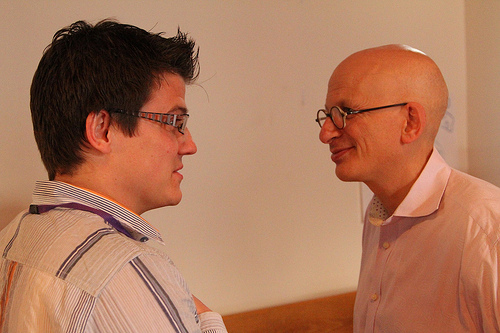

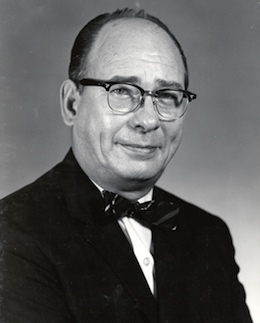
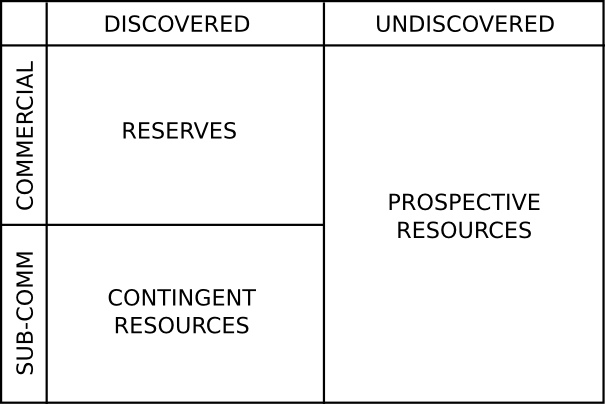
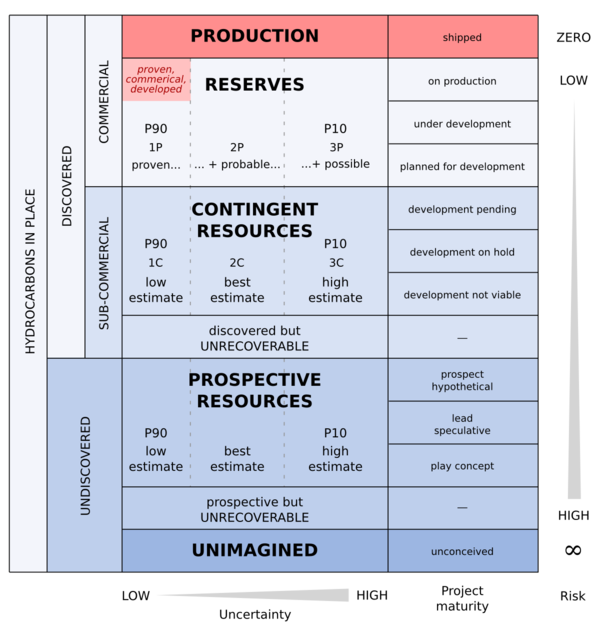
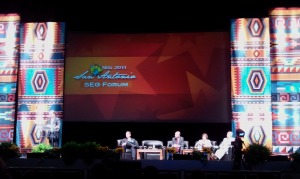
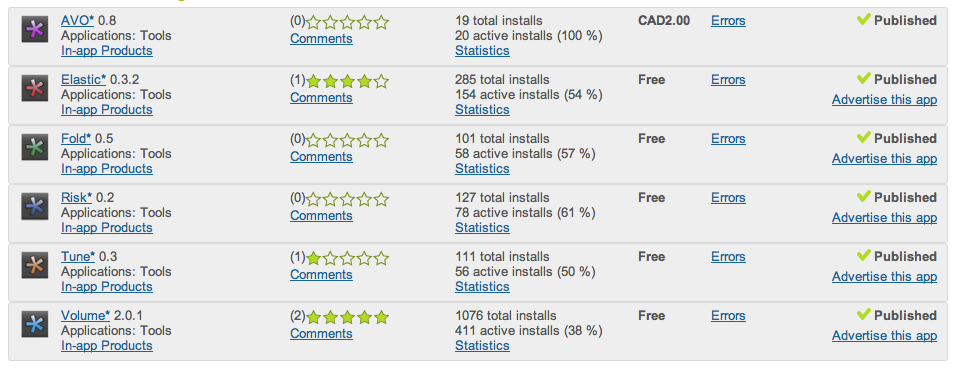

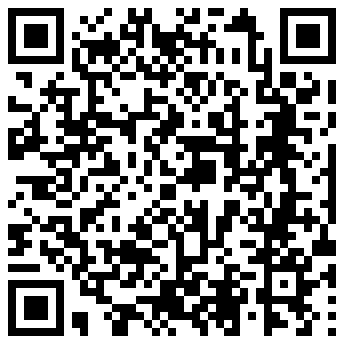
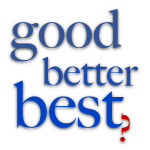
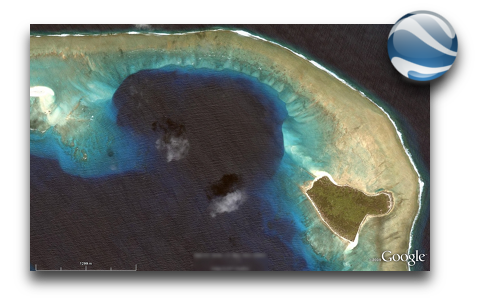
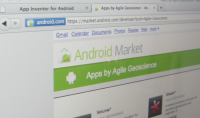








 Except where noted, this content is licensed
Except where noted, this content is licensed